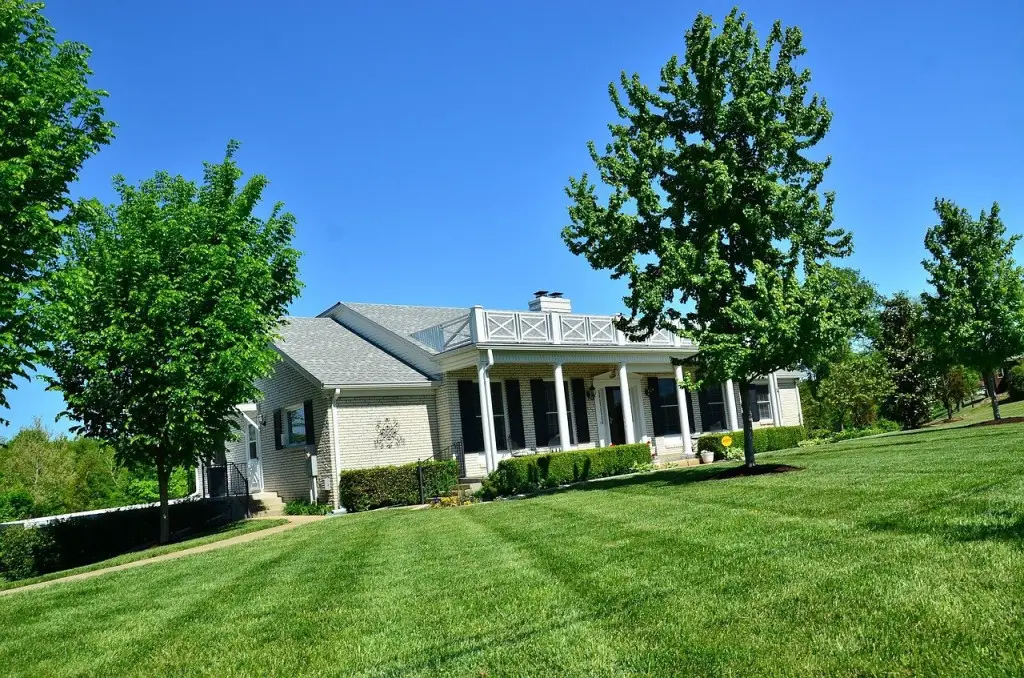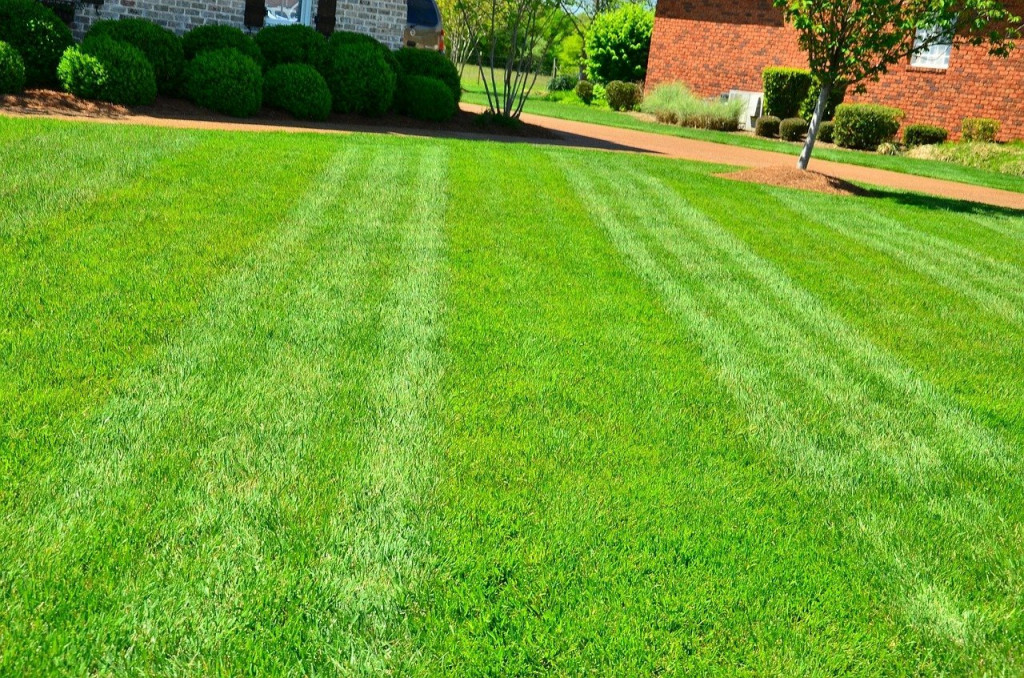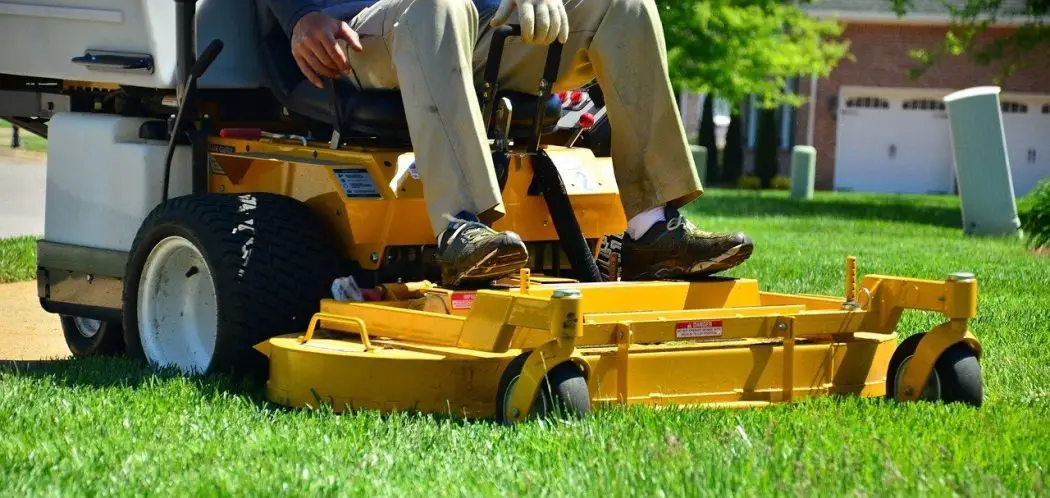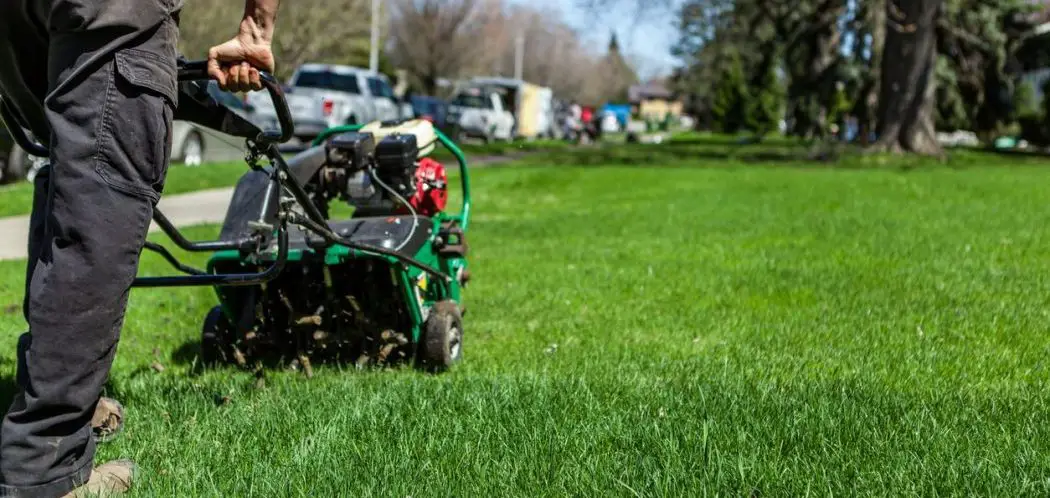Setting your pricing can be intimidating when you’re just starting out in business. It can be difficult to know how much to charge but it’s something that’s going to be critical to your success so you’ll need to get this right. In this article, I’ll try and give you some pointers so that you can figure out your own pricing structure rather than just throwing a price tag on a lawn that sounds good.
Recommending an exact price for a mowing job is unrealistic for someone who may not understand your market or your circumstances. I’m not going to be able you advise you on a specific figure to charge, i.e. I can’t tell you to charge $43 for this lawn or $25 for that job because its more complicated than that, and I’m unaware of your situation.
What I can do though, is provide some helpful advice on some of the factors that you should be considering when setting a price to do a job in your area and that’s what I’ll try to do here.
Find out who your competition is and what they charge
The best way to start figuring out how much you should to charge to mow a lawn is to study the market.
If you have your own lawn, I recommend getting several companies to come out and give you a quote to get a ballpark range of how much you should charge. Mowing is the biggest commodity in lawn care so it’s pretty easy to find out what the going rate is in your area. Hopefully you will end up with a range of prices and then assess from there.
The demographic is probably the largest factor for variance in the market rate. For instance, if you’re in the USA, you’ll be charging less on average for the same job in than you would in Australia because the cost of living is higher.
The rate will vary within each country too.
Once you have modelled the market, you can then work to adjust your pricing and tailor it to meet your own circumstances.
Aim for the middle of the range
I’d recommend starting to price somewhere in the middle of the range for your area so that you’re not too cheap or too expensive.
People can be wary if they see a price that is too low, it can give the impression that they won’t be getting the best quality.
If you’re too expensive, you won’t get hired in the first place. Charging top prices will usually require you to have built up a reputation over time. In the beginning, you won’t have a name for yourself so you’ll need to get your foot in the door first. Be fair and set a reasonable price.
Even if you make a mistake in your initial pricing, it’s not really too much of an issue. There won’t be any contracts involved and you can adjust up or down as needed.
Calculate your hourly rate
When you’re trying to figure out how much to charge, try and work out a reasonable hourly rate that you would be comfortable working for. Record the time it takes you to do and job and divide the amount you get paid by this time (in hours). This will give your hourly rate before expenses.
You need to remember than in your early days, your overheads will be low. You may have to hire extra employees in the future who will also need to be paid so you’ll want to allow some margin here.

Similar sized yards can take different amounts of time
You can now begin to establish a relationship between the time it takes you to finish a job, and the amount you get paid.
You’ll start to notice that not all your jobs will take the same amount of time, even if the size of the yard is the same. Maybe a certain property has lots of trees in the yard, or the customer has to let you in the gate before you can start and wants to chat for fifteen minutes beforehand. Maybe you have to drive well out of your way to get to a job. These are all different factors that can change the amount of time it takes you to finish. You’ll want to factor these things in to your pricing.
You need to start recognising that certain properties won’t give you the best hourly rate. Perhaps you want to start avoiding certain properties but at the very least, you should be adjusting your pricing accordingly.
Have a minimum charge
I recommend setting a minimum charge, no matter how small a lawn is or how quickly you can get a job done.
It’s going to take time out of your day to transport yourself to that job. You’ll be spending money on gas to get you there too, so you need to making a minimum amount from every lawn you cut.
Charge enough to cover your expenses
It seems obvious right, but you need to take absolute everything into account. The amount some is paying you to do a job is not the amount of profit you make. You need to set an appropriate profit margin that is realistic to achieve. This will be determined by the amount you charge and the expenses you have.
Here are some ideas of overheads to factor in:
- Equipment costs (including repairs)
- Gas
- Insurance
- Employees
- Storage rent
The amount of overhead any one lawn care provider will have will probably be different from the next. Someone else may be able to charger a lower price than you if you have a lot of extra expenses so you’ll need to adjust to your situation accordingly.

Know your worth
There’s usually always someone out there who will do a job for way less than what is reasonable and what you need to charge for it to be worth it. Don’t try and compete. Set your minimum price and stick to it. If you know you’re providing a good service, don’t worry about people charging too low of a price. Chances are they won’t be in business long so don’t discount yourself. You want to focus on building a quality client list too.
Your pricing will likely change over time
As you gain customers over time, you should be able to improve your route density so you’re now spending less time driving between properties. Let’s say you can acquire several customers that all live really close to one another. You can get all of them done in a short amount of time because you’re not spending time on transportation between each job. You’re also saving on gas money too. You may be able to charge slightly less for these customers because you have better route density.
The Key Takeaways
Figuring out how much to charge to mow a lawn isn’t always easy. The best thing you can do is break it down into some simple and easy to follow steps.
You need to understand your own situation. Although the market rate is important, you need to price to make an amount that is enough to cover your own overheads.
The most important thing that you need to recognise is that you’re in the business of selling time. Your production time per square foot of lawn is really what counts.
Of course, you want to strive to improve and maximize the efficiency of your business where you can. Things like getting better equipment and a having better route density are things that help you to do this, but these often take time to establish.
Having a real plan in place to determine exactly how much you need to charge to make the right amount of profit is essential to the success of your business. Eyeballing strategies are things you want to avoid can cause your lawn care business to fail.
Its best to make business decisions at the end of the year when you do your taxes. This way you can look at the broad picture and then reassess where you might need to change your pricing structure.




